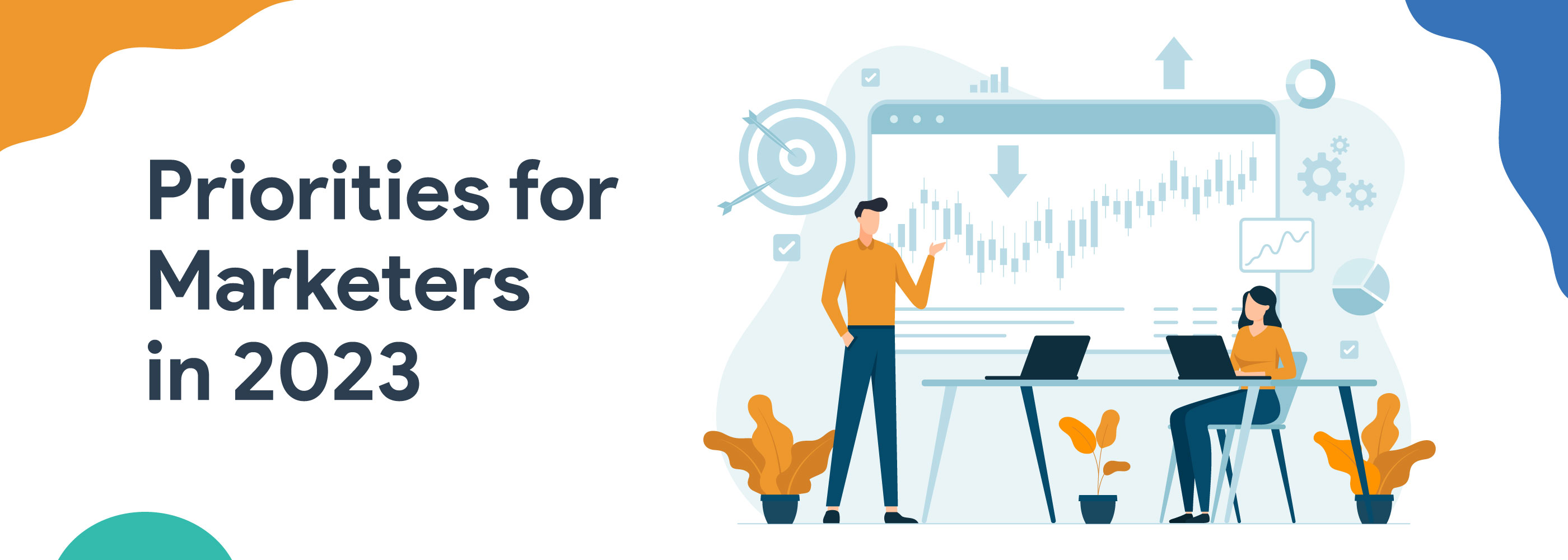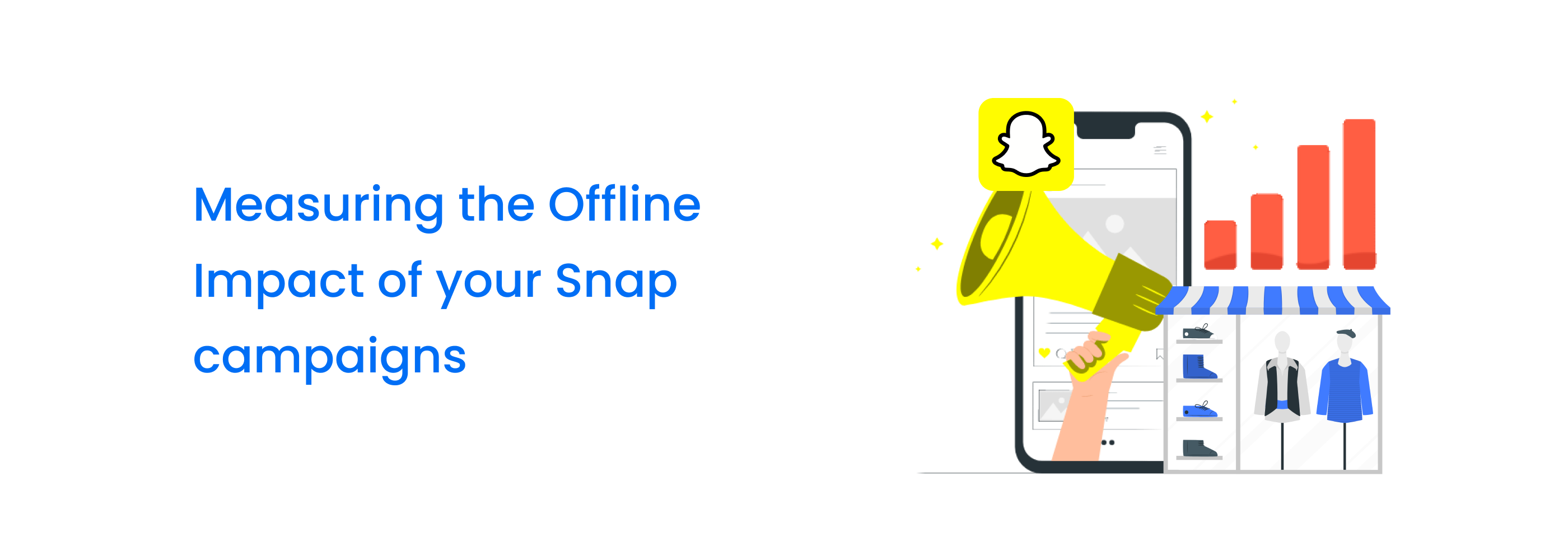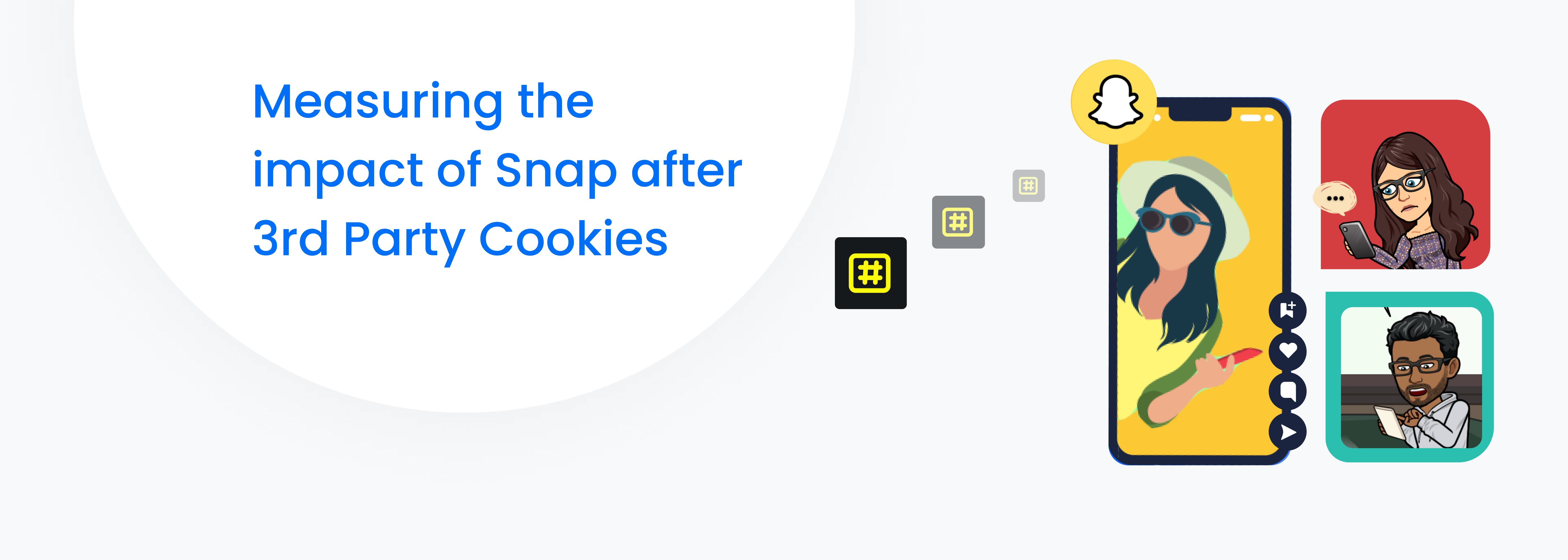Priorities for Marketers in 2023
As marketing strategists, we aim to understand these circumstances and synthesize them into actions that drive better outcomes for our businesses and clients. The following resolutions will improve performance and keep us ahead of the curve.
Understand Predictive Customer Lifetime Value (pCLV)
We recognize the importance of optimizing campaigns to the true value of a customer. This optimization means knowing at the time of the first brand interaction what we expect that potential buyer to be worth to a brand over the defined customer lifetime, not just the first order or lead. Achieving this requires the backend setup mentioned above and advanced analytics to predict value across segments and audience types.

Demonstrate Value to Customers
As conversions become harder to come by, it will be increasingly important to find customers in the earlier stages of the buying journey and reach them with differentiated messaging. 2023 will be a year of demonstrating value to consumers. One of the most effective ways to do this will be in more visual formats like video, or typically ‘upper-funnel’ approaches. With these moves to more demand-generating formats, we will look to balance short-term and long-term goals, emphasizing being in a strong position when more sectors see recovery improve.
Balancing ROAS goals with brand awareness/engagement/recognition metrics will be critical to set clients up for long-term success without altogether forgoing immediate efficiency.
Run Creative Testing
Advancements in automation mean there are more options and methods than ever to pair the right creative with the right user in dynamic and scalable ways that fortuitously also lighten the load on marketing teams. The separation in buyer behavior means that more bespoke and specific messaging is required to connect with what matters most to consumer segments. Effective marketers must have a robust testing plan to find the right message for the right moment. What works best today will likely change quickly, so the testing plan must be very iterative.
Test More Platforms
Lastly, we want to find the right platform mix for each of our advertisers that makes sense for their brand and target consumer. As new ad formats and methodologies emerge and continuously evolve, they present unique opportunities to find and connect with customers in relevant ways. However, only some options are the right fit for each brand, so they must be approached with careful consideration and a detailed testing plan to find out if they’re worth incorporating into your marketing plan.

Improve First-Party Data systems
Facilitate privacy-safe, first-party data utilization through audience capture and identification technology for our brands. Accurate first-party data is the future of good marketing and advertising.
Taking control of first party data should be a priority for any company today that wants to monetize, learn from, and use the information to scale valuable audiences and deepen engagement with their consumers. Utilization of first party data allows marketers to focus on building better customer experiences and shift to improving ROI across marketing channels.
First party data should be a priority in marketing analytics because of its relevance and quality. Businesses can better understand their target audience, locate missed opportunities, and create strategies to increase ROI. With first party data, you can achieve this at a user-level rather than aggregated or directional data.
User-level data: Active users, customer id, emails, repeat buyers
Aggregated data: page views, session count, unique visitors
If your audience is relatively small, you can still analyze first party data to gain valuable insights. You can explore the data to gain insights that your customers have in common and build out that segmented audience. You can expand your audience, broaden your customer segments, and grow your business.
Marketers can then use first party data to inform and predict future customer behavior, improve targeting, enhance marketing campaigns, and personalize content.
















